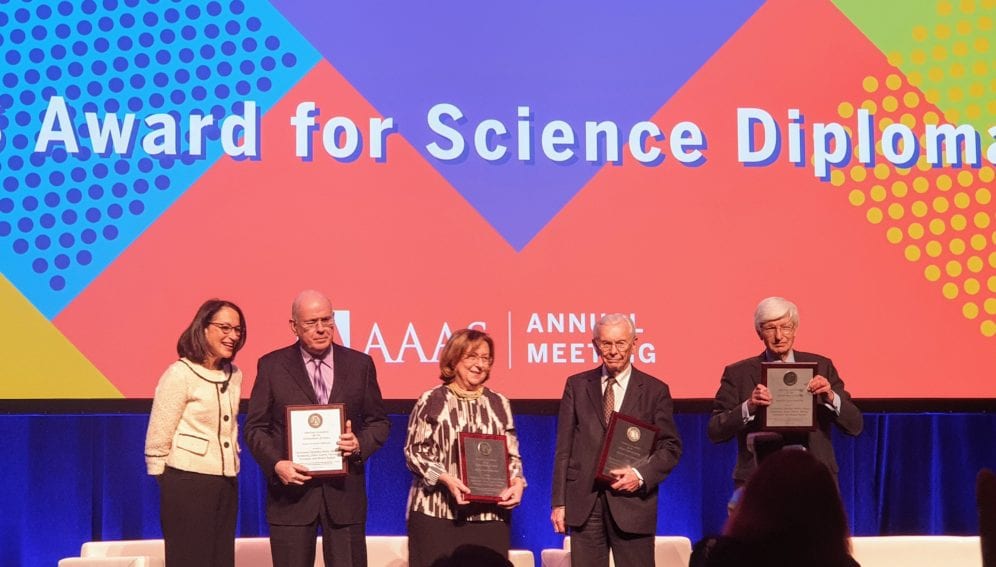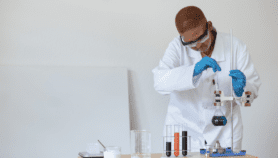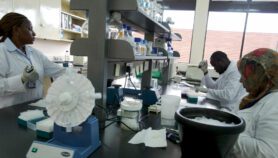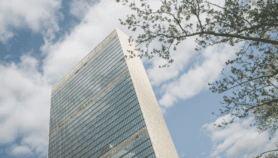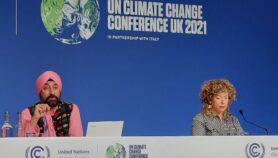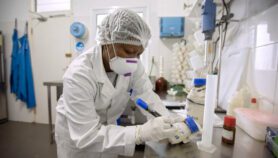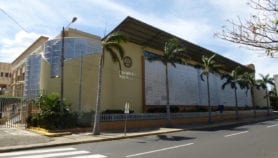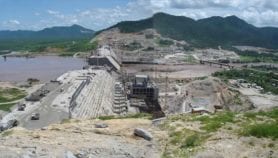Send to a friend
The details you provide on this page will not be used to send unsolicited email, and will not be sold to a 3rd party. See privacy policy.
Officially inaugurated in May 2017, the Synchrotron-light for Experimental Science and Applications in the Middle East laboratory (SESAME) was recognised for bringing political adversaries together by creating joint spaces for facilitating scientific collaboration among eight countries in the region; Jordan, Israel, Iran, Pakistan, Turkey, Palestine, Cyprus and Egypt.
Tensions between the member countries range from intermittent conflict and antagonism in international affairs, to emergencies along their borders and a mutual lack of recognition as separate states.
“The experiments taking place within SESAME, and [the] increasing number of scientists and researchers [working] there, will highlight its significance, [motivating] governments in the region to offer necessary funds,”
Sir Christopher Llewellyn Smith, SESAME president
Five scientists were recognised by the award during the AAAS annual meeting, held this month (14-17 February, 2019) in Washington, DC, for their efforts in establishing the laboratory and overcoming obstacles to keep it operational.
Mahlet Mesfin, deputy director of the AAAS Centre for Science Diplomacy, told SciDev.Net that “SESAME truly represents the essence of science diplomacy; it is based on the conviction that the desire to discover [the] world and nature can act as a tool to gather people beyond political barriers, and bring about peace and understanding to the Middle East. This is the right moment to recognise and highlight this unique project”.
Since its launch in 1999, SESAME has faced several challenges due to tensions in the region. One of them was a difficulty to secure funding when it was being set up, due to a lack of investment in scientific research in member countries.
Contributions of US$5 million from each member country, in addition to contributions by the United Kingdom, the European Union and the UN Educational, Scientific and Cultural Organization (UNESCO), helped the facility get on its feet. However, funding remains a challenge to cover the cost of high electricity demands to run the laboratory and the accelerator in particular.
This week, with support from the European Union (EU) SESAME unveiled a solar power plant located 30 km away from the laboratory. According to a press release, this makes it the world’s first molecular accelerator to be fully powered by renewable energy.
Former SESAME president Sir Christopher Llewellyn Smith says relying on clean energy will halve the laboratory’s operational costs, enabling the centre to become economically and environmentally sustainable.“The experiments taking place within SESAME, and [the] increasing number of scientists and researchers [working] there, will highlight its significance, [motivating] governments in the region to offer necessary funds,” adds Sir Smith.
Synchrotron light is radiation emitted when charged particles move near the speed of light. Synchrotron beams generated by the SESAME accelerator can be used to study molecular structures in detail, and as a research tool in fields such as medicine, agriculture, nanotechnology, chemistry and archaeology.
SESAME enables scientists and researchers from across the region to use synchrotron light beams in their research.
The AAAS science diplomacy award was launched in 1992 to recognize scientists’ efforts in and contributions to international scientific cooperation.
This year’s five awardees are: Eliezer Rabinovici, former vice president of SESAME and a professor in Hebrew University of Jerusalem; Khaled Toukan, SESAME president and the chairman of Atomic Energy Commission in Jordan; Zehra Sayers, former director of scientific consultancy committee and professor at Sabanci University in Istanbul, Turkey; Sir Christopher Llewellyn Smith, former SESAME president and professor emeritus at Oxford University in the UK; and Herwig Schopper, former SESAME president and professor emeritus at the University of Hamburg, in Germany.
This piece was produced by SciDev.Net’s Middle East & North Africa desk.


